Breaking the Mold: A Look Into the Creative Process of Leather Vase Maker Talia Luvaton
Betangible: I’m interested in learning more about your journey with leather vases. When did you first start creating them and what inspired you to use leather as the primary material?
Talia: My journey with leather vases began during my industrial design studies. We were tasked with choosing a craft that fascinated us and immersing ourselves in its intricacies to produce a unique product that showcases the craftsmanship’s uniqueness and traditionalism.
My decision to create leather vases was driven by the desire to showcase the distinctive qualities of the material’s potential. Vases are the perfect canvas for highlighting the strength and delicacy of leather – a material that is both robust and beautiful.
My focus was on highlighting the leather’s unique ability to gain volume using the Wet Forming Technique. This involved softening the leather in water and shaping it according to a mold I designed. After drying, the leather retained its structural integrity while maintaining a delicate and refined appearance.
As a designer, I’m passionate about exploring the potential of different materials. For me, the process of discovering and experimenting with materials is a thrilling obsession. I strongly believe that designers should strive to give materials a voice and a platform to showcase their distinctiveness.
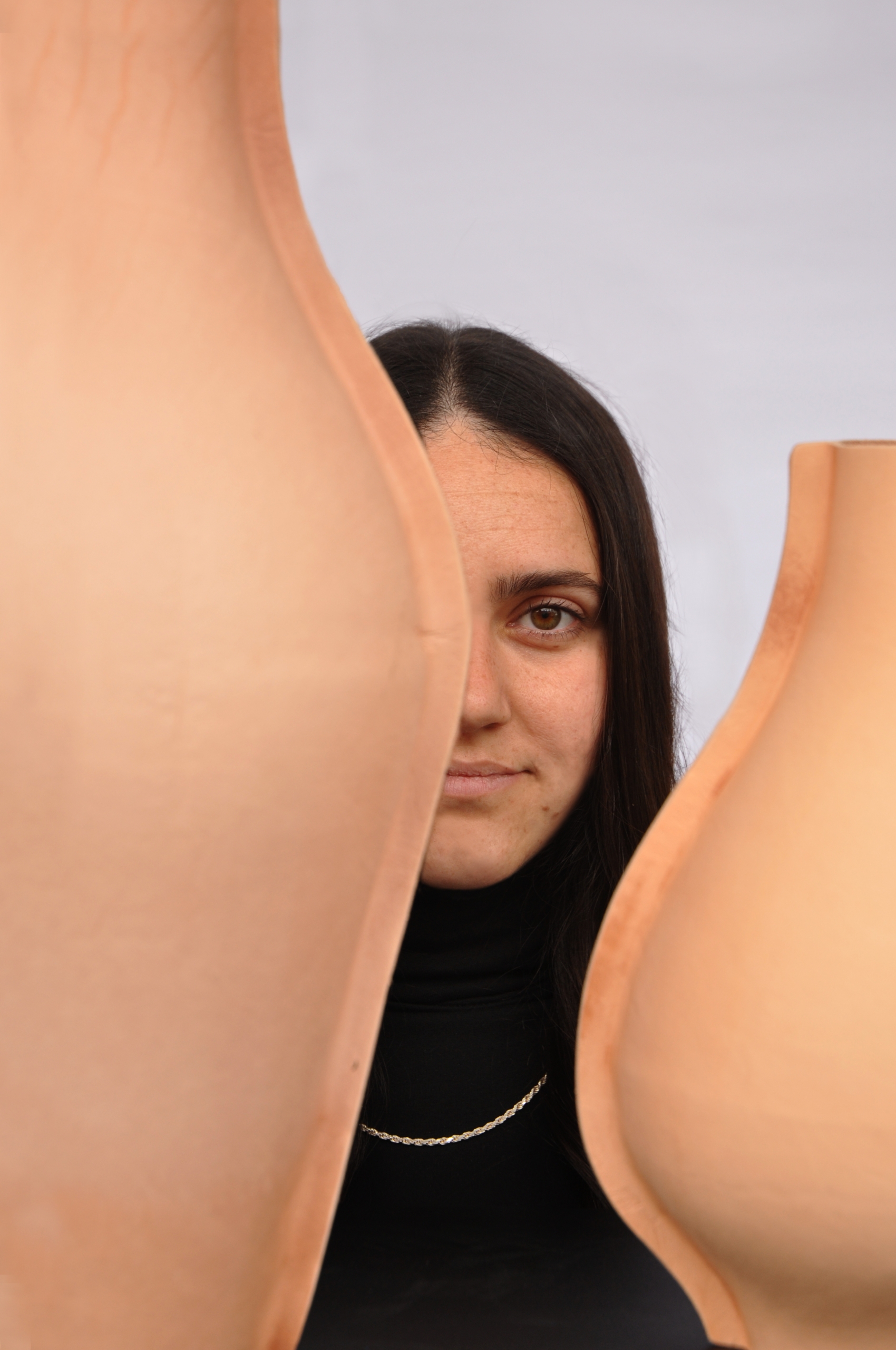
B: As a designer, what influences or sources of inspiration do you draw from when creating your leather pieces?
T: My sources of inspiration are rooted in the investigation of materials I work with and the world of my upbringing. Growing up with parents who were both skilled silversmiths and designers, I learned the art of approaching materials in a way that allows their unique properties to shine through.
Raw materials hold a deep emotional significance for me, from the rough textures and subtle hues of natural materials to the memories of my childhood. It is this connection to the past and present that enables me to create elements that are imbued with a unique emotional resonance, which fuels my creative process.
B: Leather is such a versatile material. What was your most recent project with it, and what inspired you to create it?
T: My most recent project involving leather is called “Genuine Leather”. It explores the unique qualities of leather from different perspectives by manipulating it in human, natural, and technological ways. I incorporated a variety of techniques such as rust, tattooing, laser cutting, suntan, and plants dyed.
The finished pieces were presented at the Rothschild Center in Tel Aviv (January 2023) and at the Lineapelle exhibition in Milan (February 2023) at the innovation area of D-house laboratory Urbano, in collaboration and under the representation of Ecofabrics.

B: Which manipulation did you find the most interesting, and can you explain why it intrigued you?
T: The natural manipulations entailed applying wet rust directly onto the leather. In the production process, the tools I used left an unexplained “stain” on the wet leather. After realizing the source of it I decided to harness it to my advantage and amplify its effect by multiplying it.
To achieve this, I attached iron sheets directly onto the leather and paired them with fresh flowers, which added varying natural textures and forms. The result was both fascinating and beautiful, with the rust producing both an outline and an inner drawing and a replica of the rust’s texture.
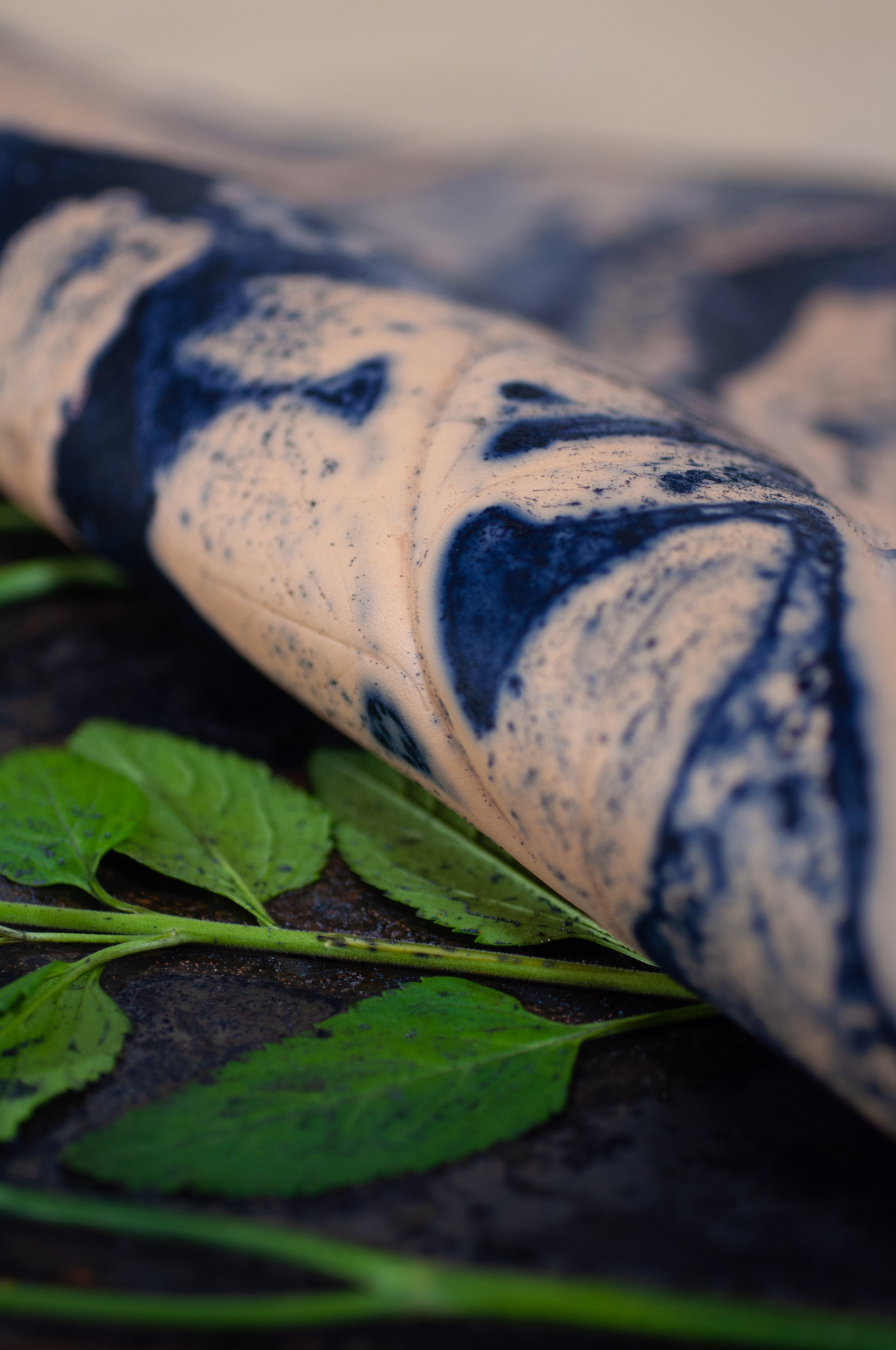
Talia Luvaton 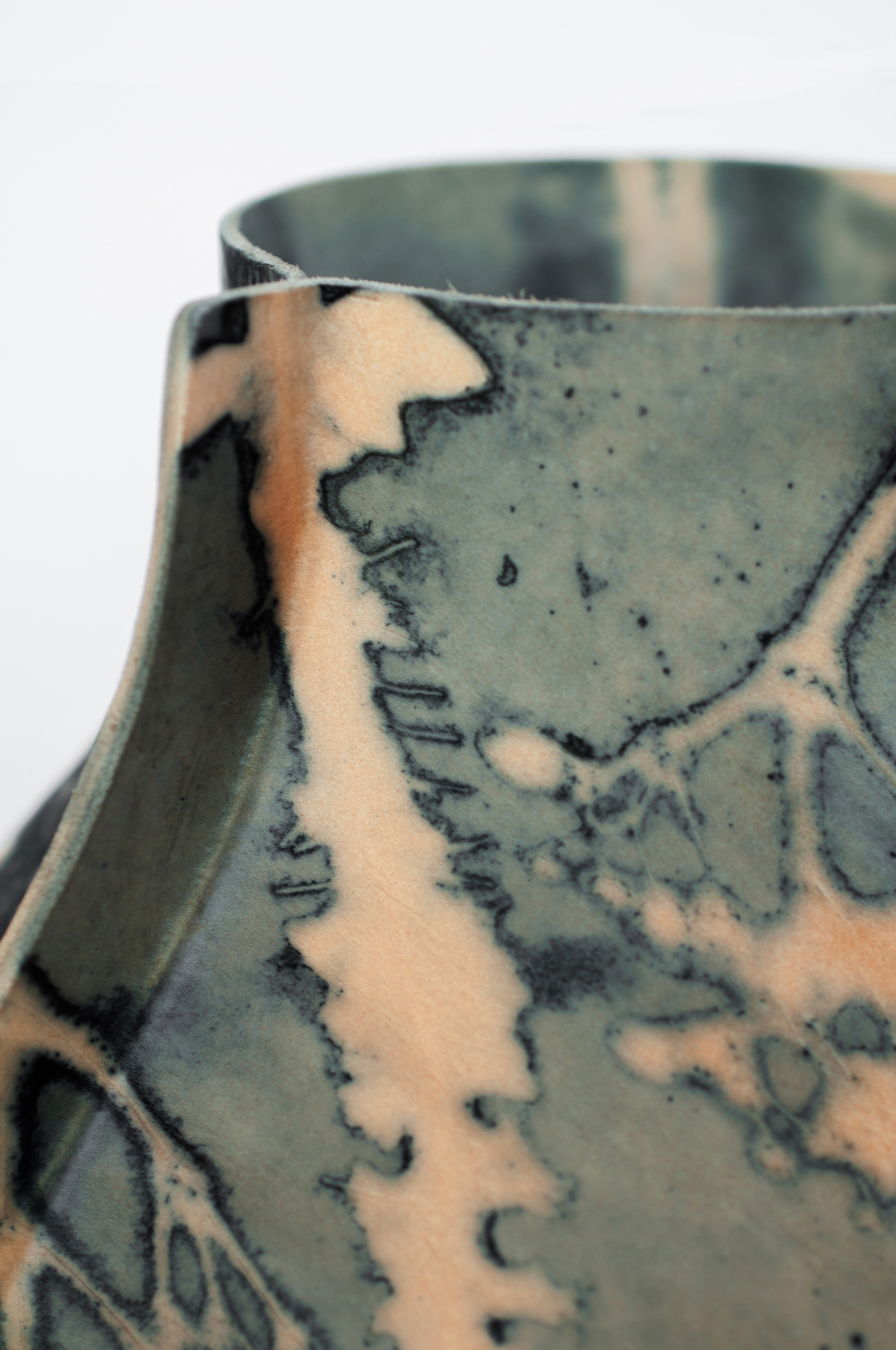
Talia Luvaton
This manipulation was particularly intriguing to me because it allowed me to transform a “negative” aspect that happened during the process into a positive design element.
If you would like to see photos and learn more about this project, please visit this link: https://www.talialuvaton.com/genuine-leather.
B: In the world of leather projects, the choice of material can greatly impact the final product. What is your preferred type of leather to work with and why?
T: I exclusively work with vegetable-tanned leather, which is a more eco-friendly option as it doesn’t undergo any chemical treatment during production. This type of leather is unique in that it reacts to moisture and sunlight, softening when it comes into contact with water and developing a natural patina over time when exposed to sunlight.
My connection to this vegetable-tanned leather has become a fascinating relationship. Each sheet of leather has its own unique personality and reacts differently to the shapes I design, the season and weather in which it was created, and the physical effort I apply, sometimes it’s even influencing my creative process.
Each sheet of leather has its own unique personality and reacts differently. These differences can manifest in the way the leather responds to outside forces, such as the shapes that are designed for it, the season and weather during its creation, and the level of physical effort applied during the crafting process.
By recognizing and accounting for these nuances, I can better understand how to work with each piece of leather to achieve my desired result.
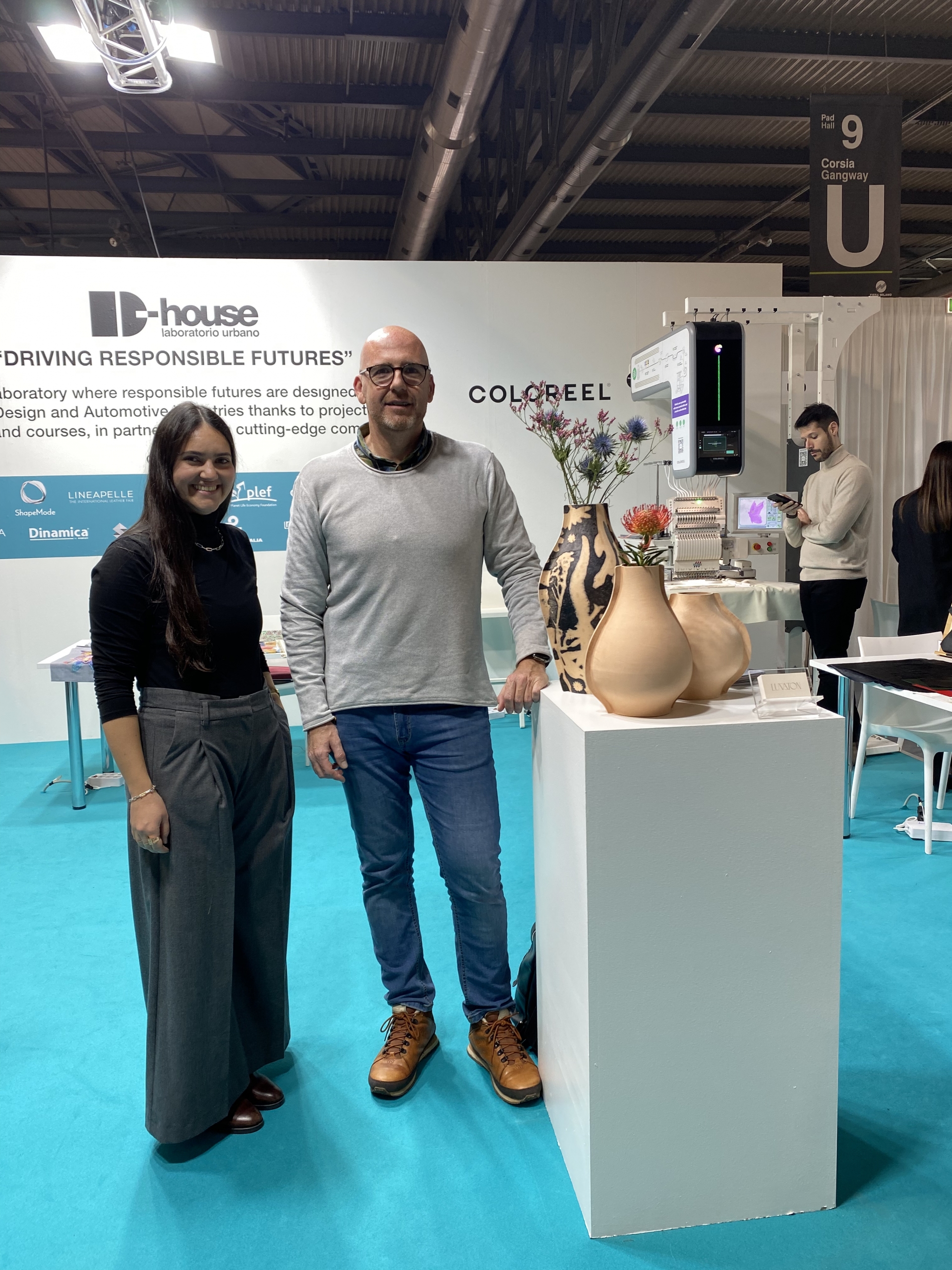
B: I’m interested in learning more about the time and effort that goes into crafting one of your vases. Can you tell me approximately how long it takes to make just one?
T: Crafting a single vase is an incredibly intricate process that takes me around three days to complete. This work is further complicated by the changing seasons, with winter’s dampness requiring more time for the leather to dry properly. In contrast, the summer’s warmth can speed up the process somewhat. Despite the challenges posed by these external factors, the resulting vase is a true labor of love, imbued with the time and effort poured into its creation.
Although it would be tempting to speed up the production of these exquisite leather vases, I’m committed to taking my time and approaching each piece with the utmost care and precision. As a passionate designer, I find immense satisfaction in creating luxurious items that proudly belong to the category of Slow Fashion. Each vase is a true work of art that showcases the unique beauty and quality of the raw material, and I take immense pride in using traditional craftsmanship techniques to bring out its finest qualities.

Talia Luvaton 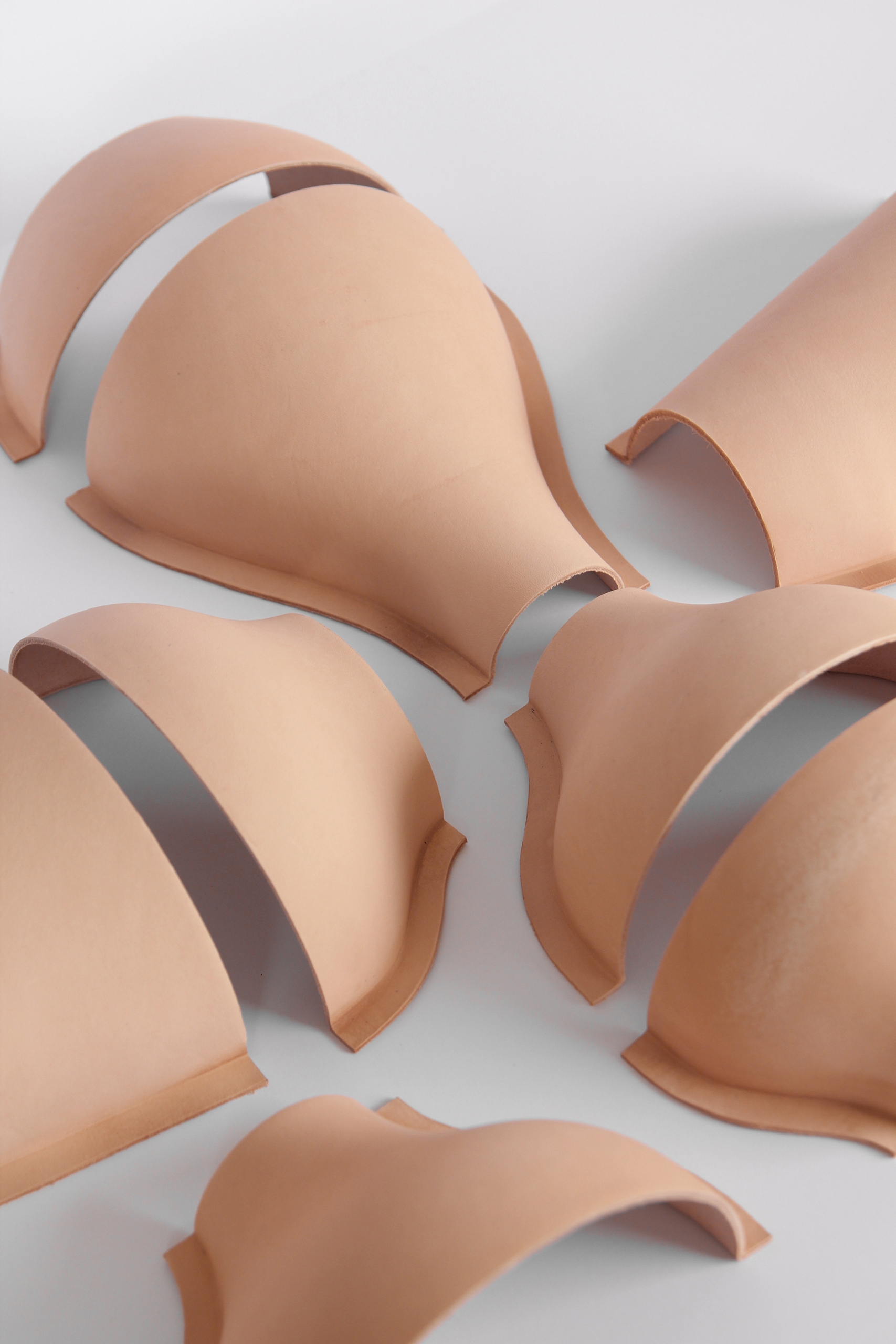
Talia Luvaton
Talia is represented by Ecofabrics, an agency of sustainable material sourcing. Ecofabrics supplies top quality-verified, eco-conscious materials for fashion, interior, and object design sectors, promoting a circular economy.


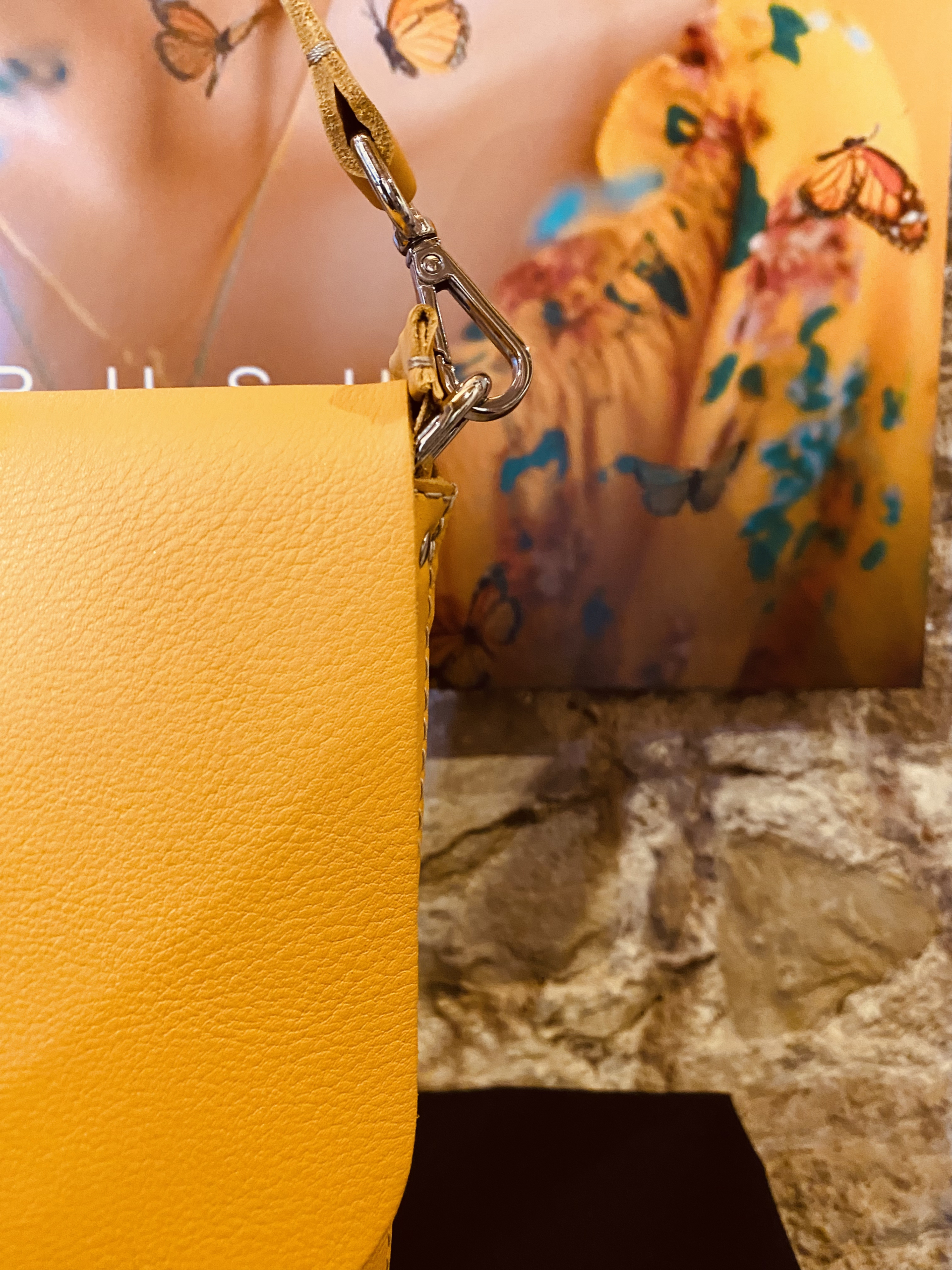


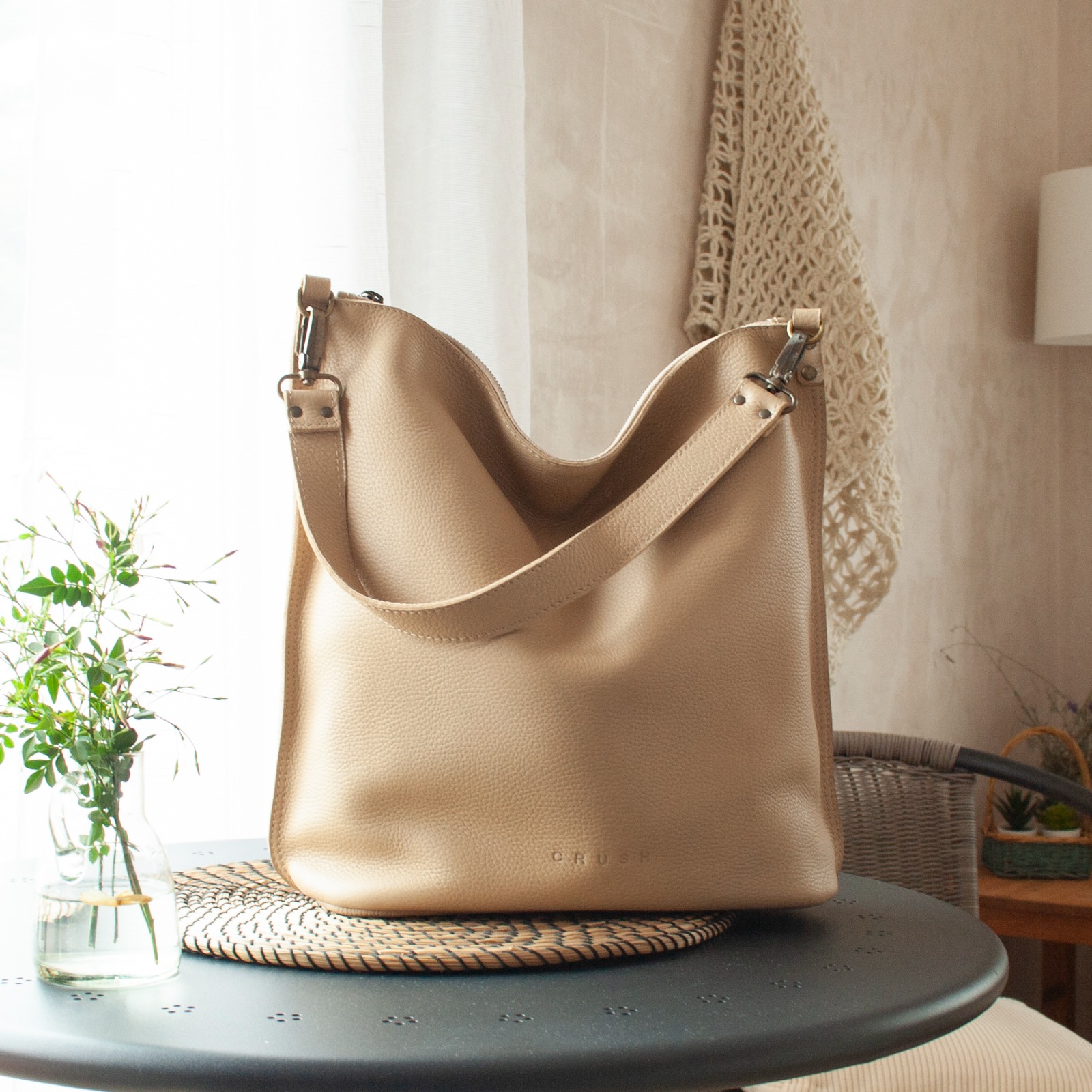
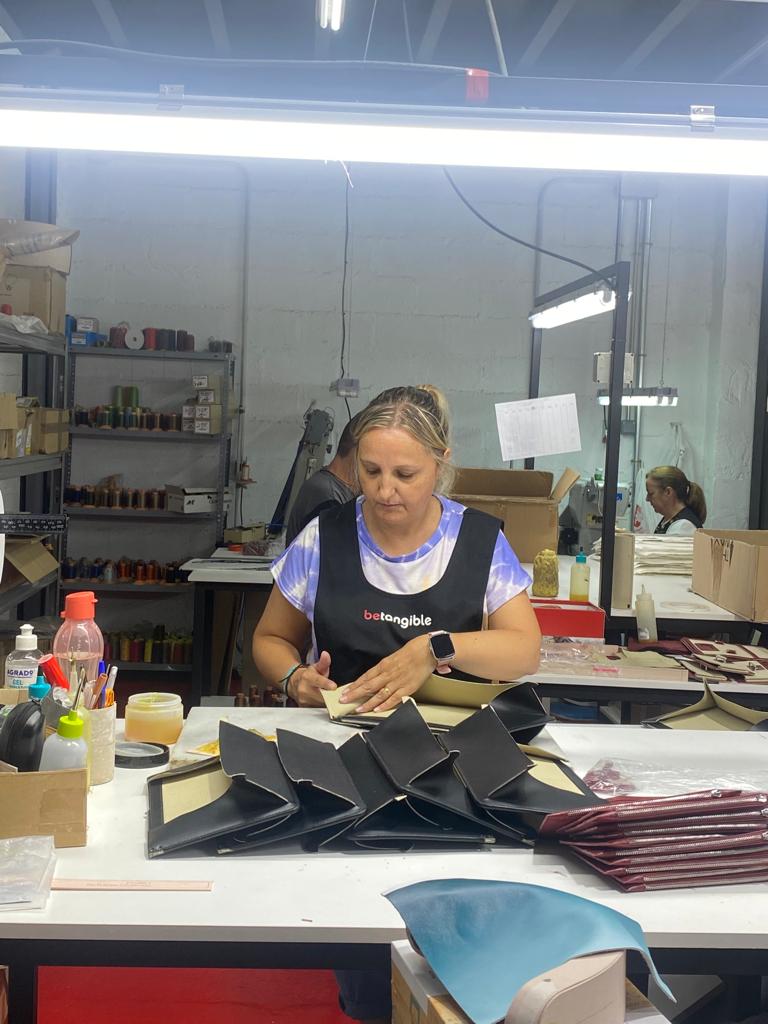
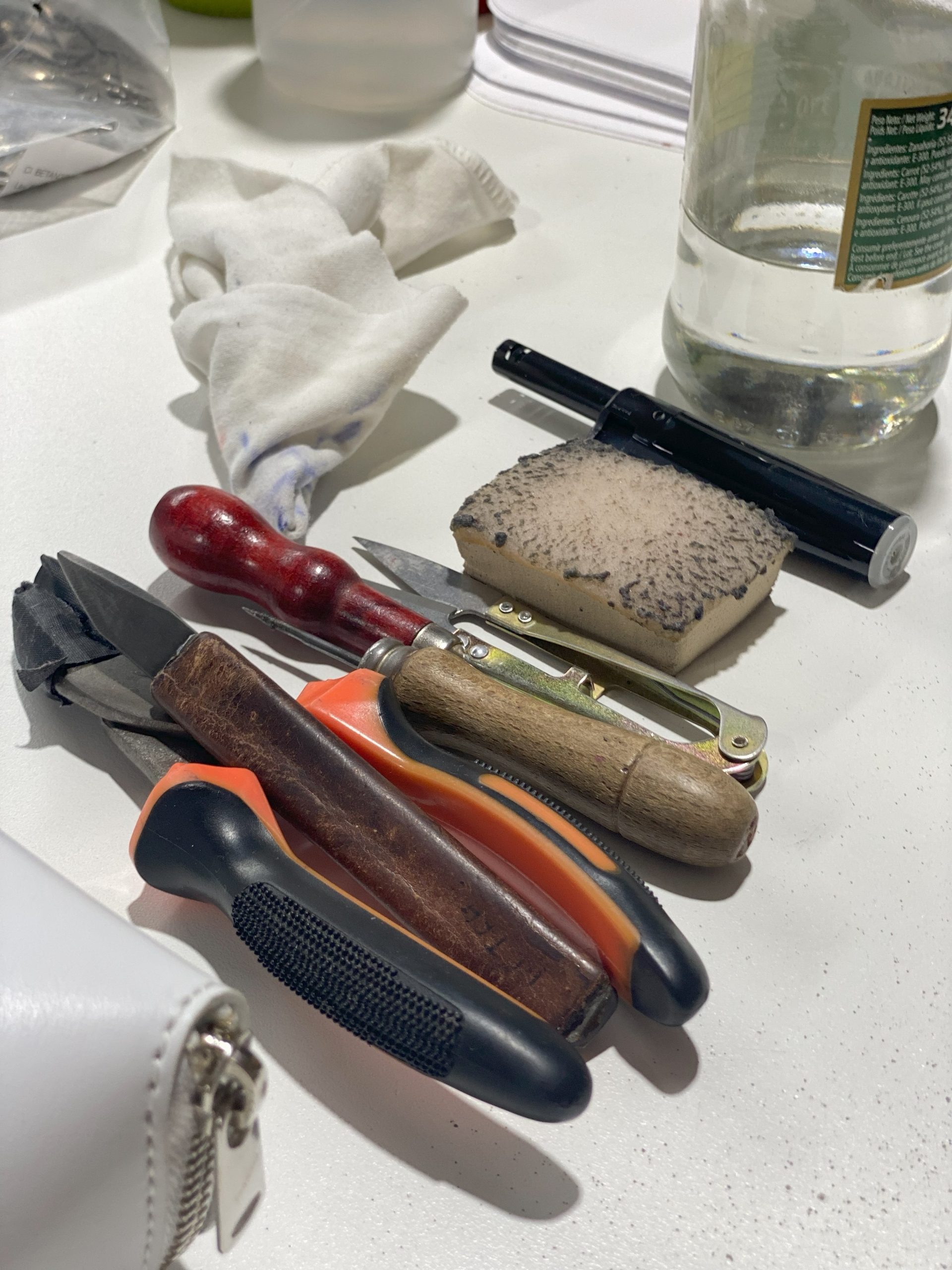
There are no comments